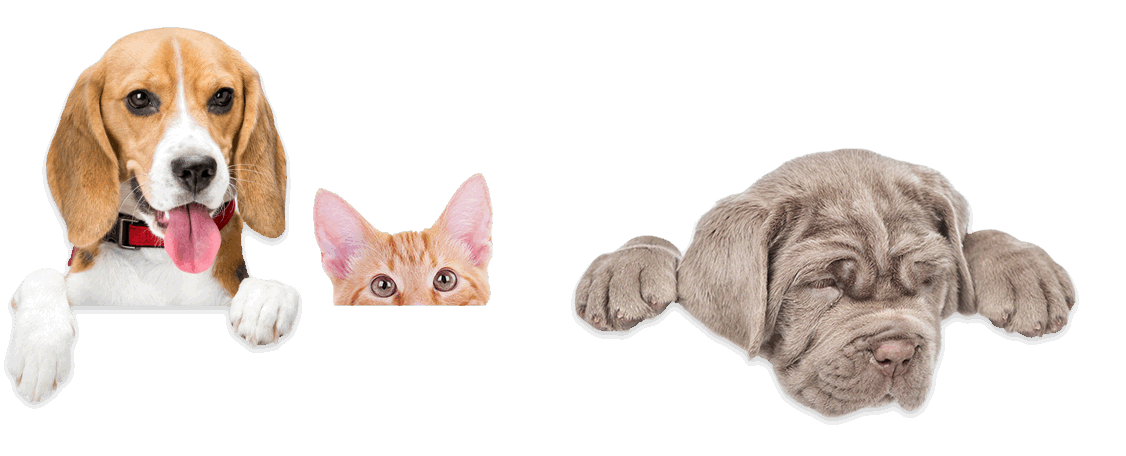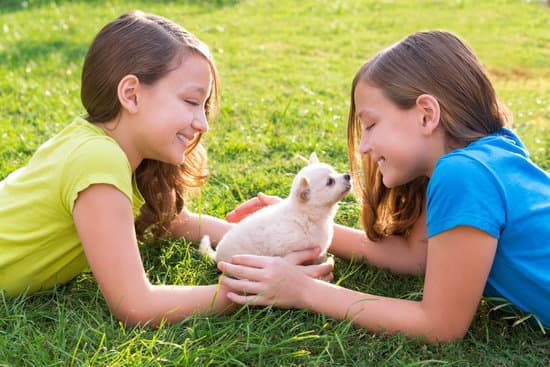


From around 8 – 16 weeks, puppies go through a critical period of development. During this time, they are more likely to adapt and become comfortable with people and situations introduced to them.
Meeting children of different ages and in different situations will help them become comfortable around them. When meeting the dog, the child needs to be gentle and a good experience had by both. This will allow positive association for your puppy and for the child.
Adult dogs can also be socialised, but with a slower and more gentle process.
Offer treats and praise for positive interactions, and always remove your dog from a situation at the first sign of stress.
Sometimes it is impossible to keep a child from hugging a dog or tugging on its tail, no matter how well behaved they are. To prepare your dog for this kind of attention before it is received from a child, practice some handling on them.
Gently pull its tail, hold its paws, hug it and look at its ears. Give plenty of praise and treats when they let you do so. However, if your dog seems fearful or anxious while this gentle exercise happens, you need to consider is it best to keep children at a distance.

Whilst this greeting may be something you don’t mind, it can be a bit dangerous around children, especially if the dog is bigger than the child. You have the potential for the child to be pushed over.
To train your dog to not jump up, ask them to sit instead. If they don’t listen, walk out the door after they jump up. Make sure to give them lots of praise and attention whenever you come back in and they stay standing on the floor.
Noisy toys, balls being thrown around, and children going past on bikes and other gadgets are all distracting and tempting for your dog to chase or chew. On the other hand, sensitive dogs can be afraid of these toys and associated them with children.
To prevent this, introduce your dog to children’s toys without them around. You can also bring in your obedience training here, and tell them to ‘leave it’ or ‘stay’ around toys. Keep redirecting them to their own dog toys. Reward them when they stay away from the children’s toys and use their own.

Whilst some may think holding a dog for a child to pet it is a good way to introduce the two, it is not. If your dog is afraid of a child, they can be scared if they are held to be pet by one. This is why some may react aggressively with a growl or snap.
Instead, allow your dog as much time as it needs to get comfortable around children and approach them on their own terms – always supervised by a responsible adult.
Let the children know the rules too
After all, this is a two way relationship! Children need to know to
We also advise that children are never left alone with a dog and are supervised at all times by a responsible adult.
